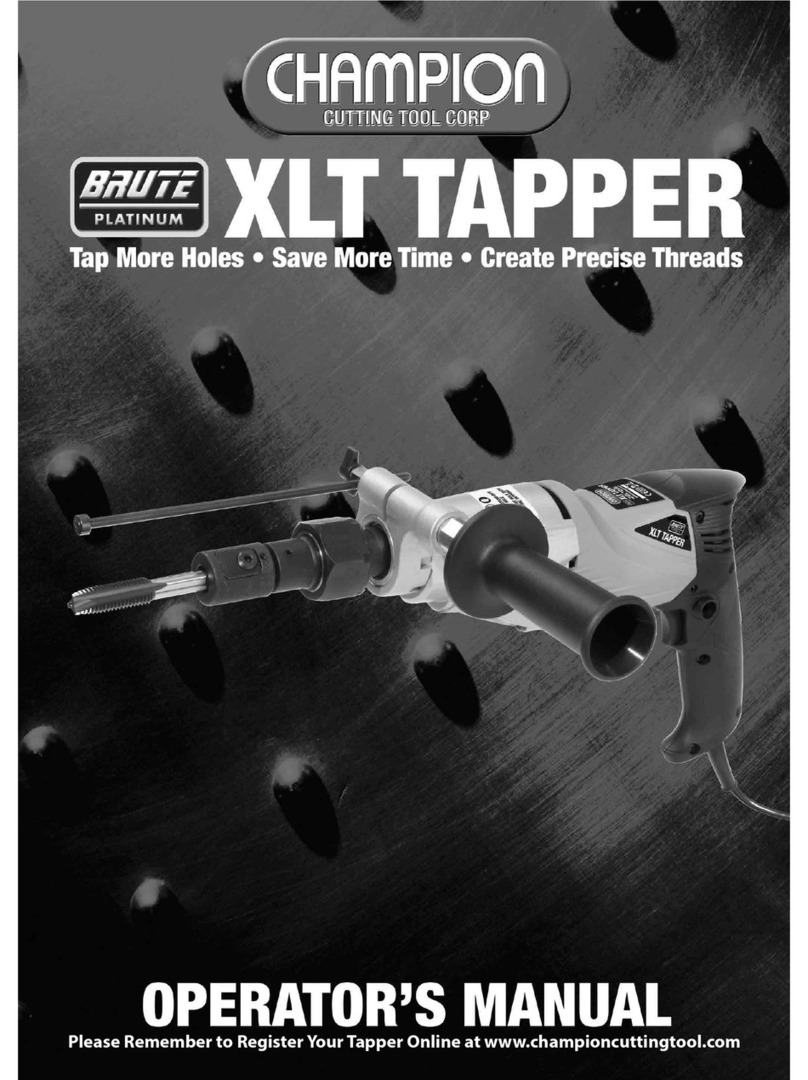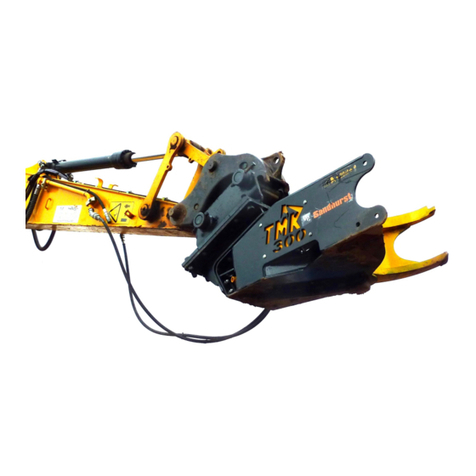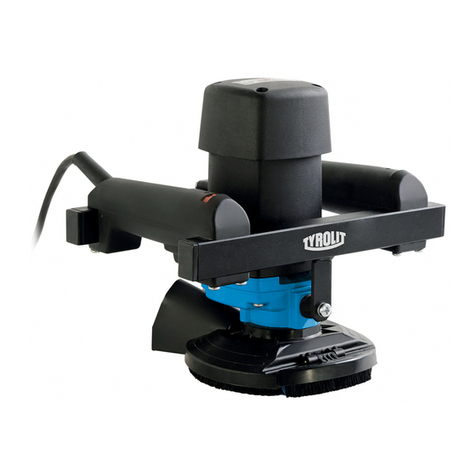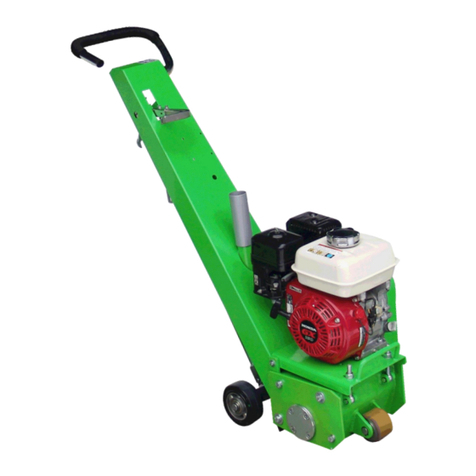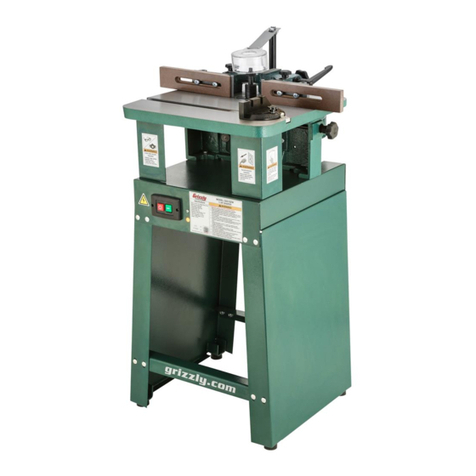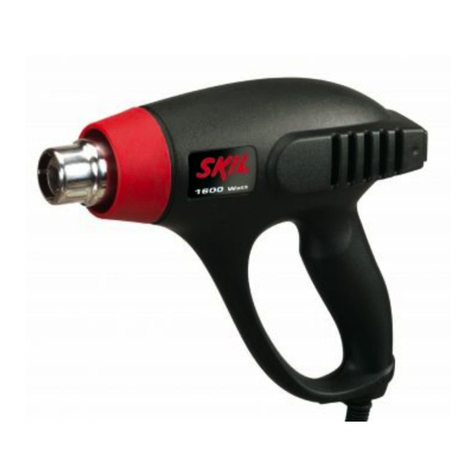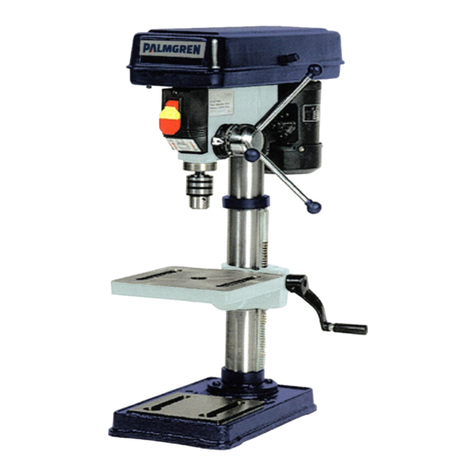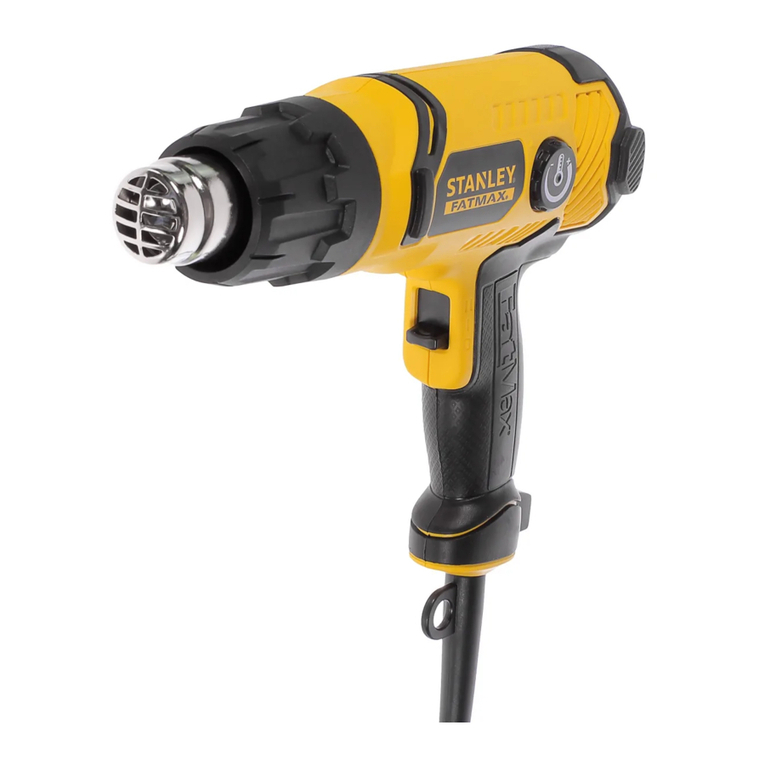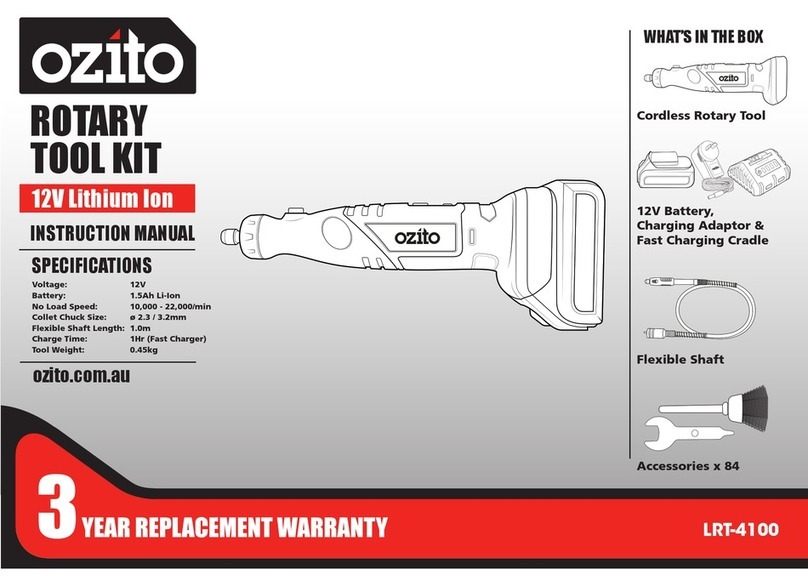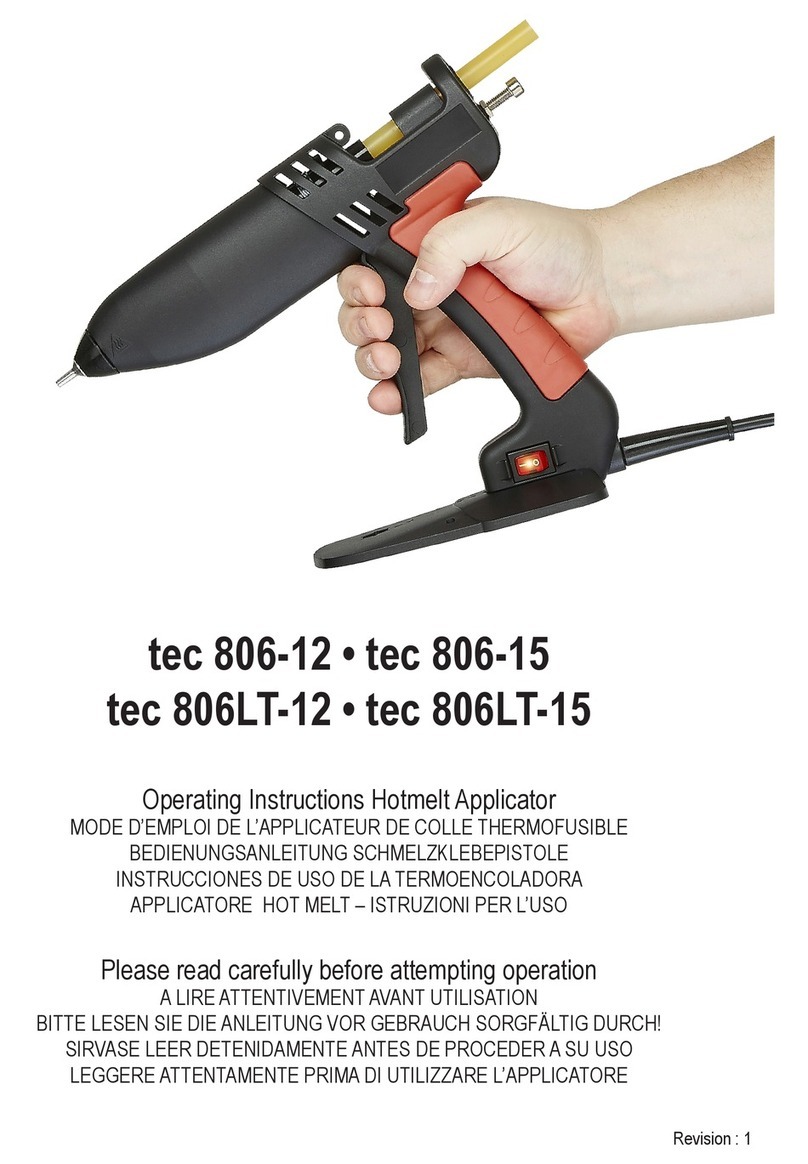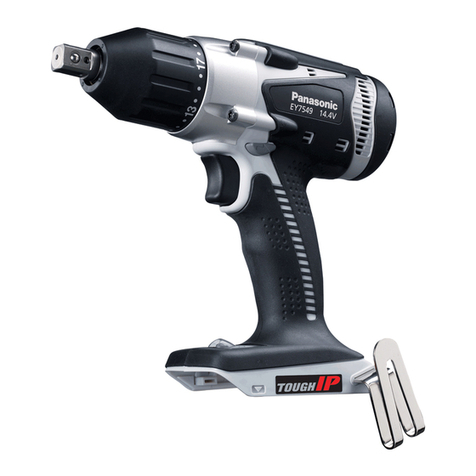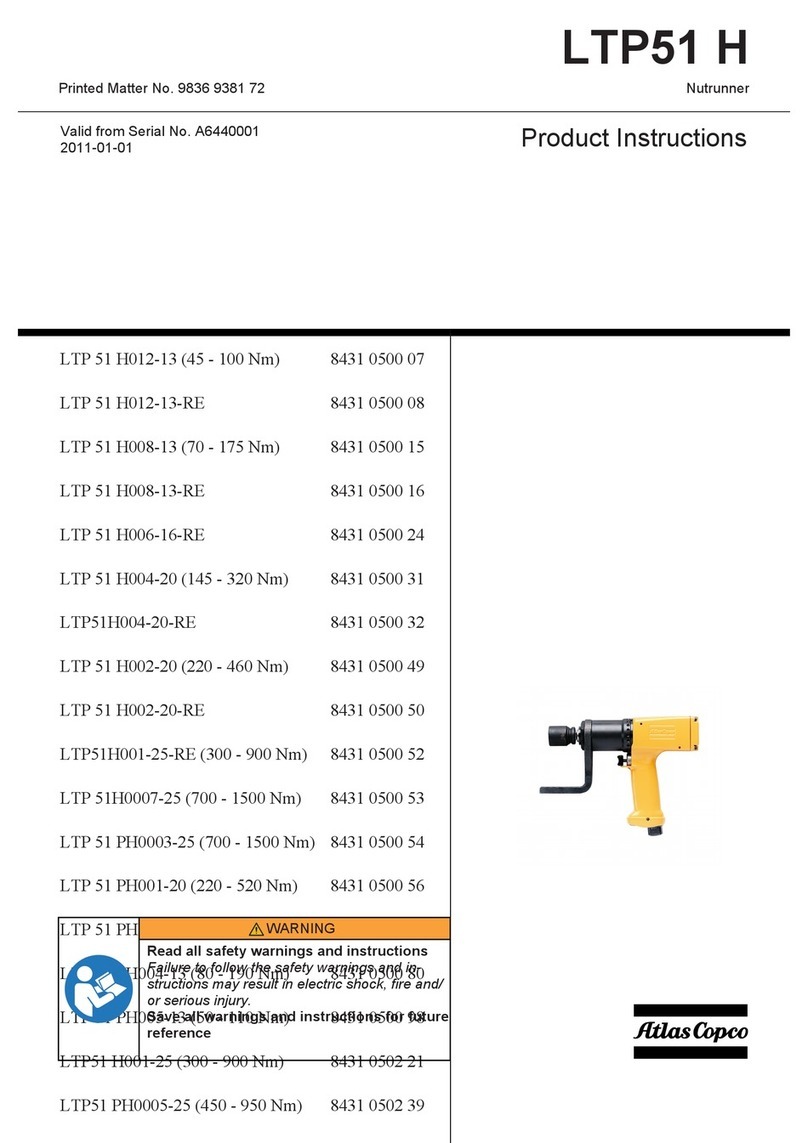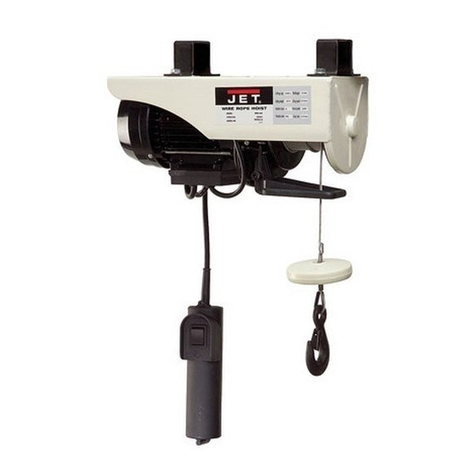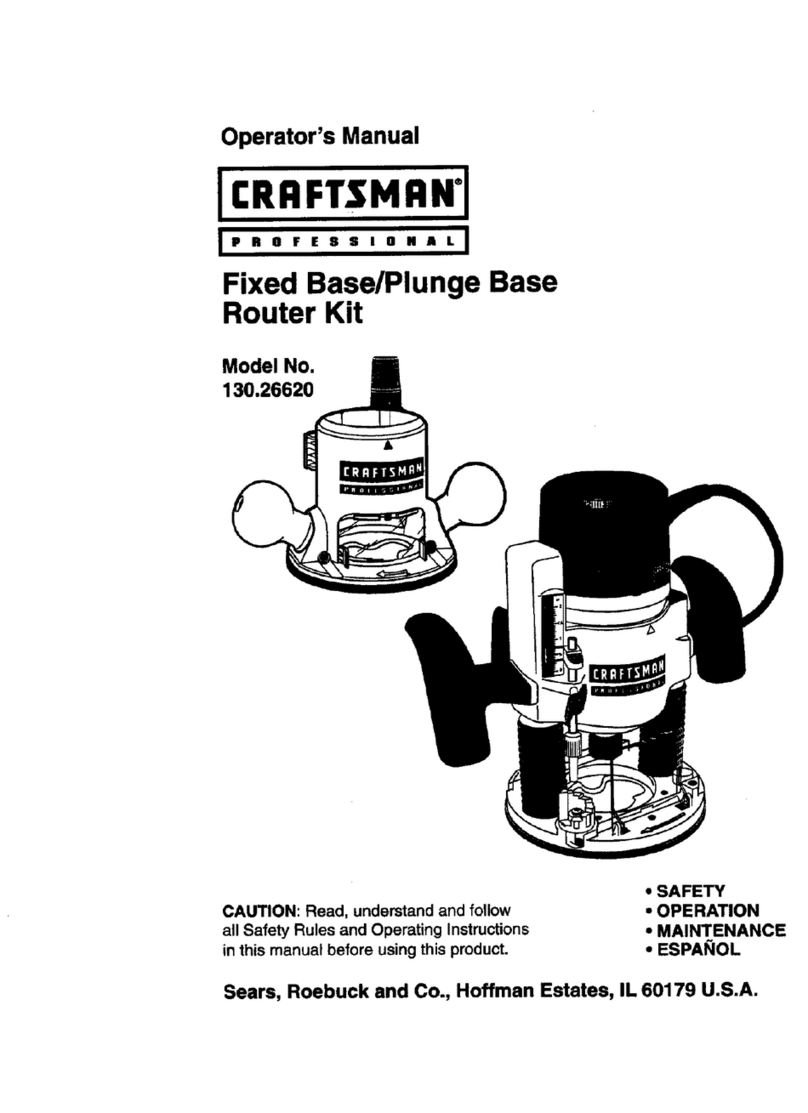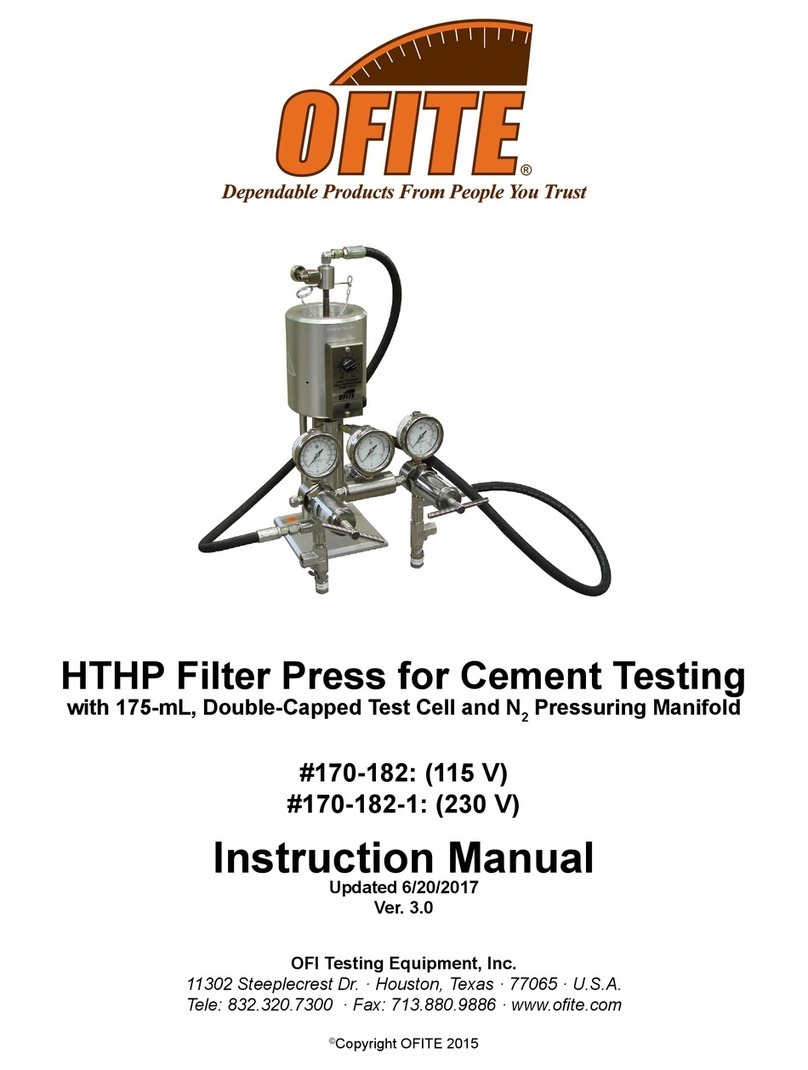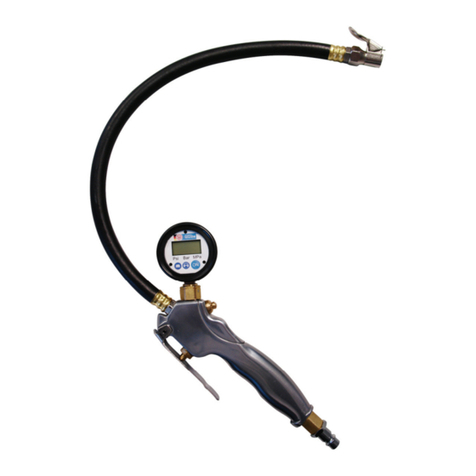NJ PHILLIPS DATAMARS PAD9 Manual

www.njphillips.comFor more information, email: ahdsinfo@datamars.com or phone toll free (Australia): 1800 247 175
• High flow valve technology for faster refill and
chemical resistance.
• Compatible with most drenches on the market.
• Hex locating nozzle.
EAN Barcode UPC Barcode
Product Dose Range Increments Material Code
Packaging
Type SAP Code
60mL Metal Cattle Drencher 5mL - 60mL 5mL PAD87Box 850 0000-421Metal 288 x 190 x 53mm
60mL Metal Cattle Drencher +
2.5L Backpack 5mL - 60mL 5mL PAD76CBox 850 0000-618Metal 420 x 237 x 76mm
Packaged Dimensions
(WxHxD)
8 12465 01284 5
9 323837 008980 8 12465 01285 2
30mL Metal Sheep Drencher 5mL - 30mL 2.5mL PAD9
Box 850 0000-623Metal 288 x 190 x 53mm
9 323837 009086 8 12465 01283 8
9 323837 009093
METAL
DRENCHER
30mL 60mL
PAD76C
PAD9
PAD87

www.njphillips.comFor more information, email: ahdsinfo@datamars.com or phone toll free (Australia): 1800 247 175
Major Service Kit WX1327 850 0000-430 6, 7 (x2), 8, 11, 12, 13, 16
Minor Service Kit WX1326
850 0001-172
6, 7 (x2), 11, 12, 13, 16
1. Nozzle Nut
2. Cattle Nozzle
3. Seal Ring (013-N70)
4. Delivery Cage Lock Nut
5. Shield Cap
6. Spring
7. Valve
8. 60/65mL Barrel
9. Delivery Cage
10. Seal Ring (113-N70)
11. O-Ring (125-S70)
15. 60mL Pushrod
16. Spring
17. Inlet Adapter
18. Adapter
19. Handle
20. Screw
21. Adjuster Nut
22. Trunnion (Adjuster)
23. Adjuster Spindle
24. Return Spring
25. Lever
26. Lever Pad
27. Lever Screw
28. Dose Adjuster Lock Nut
29. Dose Adjuster Screw
Product Code SAP Code
2.5L Rigid Backpack WX46 850 0000-445
Metal Lamb Nozzle WX1506 850 0001-217
Metal Hook Nozzle FHCAXXN505-50 850 0000-177
ACCESSORIES
12345678910
11 12 13 14 15 14 16 717
18 19
21
23
24
25 26
27
29 28
20
22
12. Piston
13. Felt Washer
14. O-Ring (014-N70)
Major Service Kit WX1325 4, 5 (x3), 8, 9, 11, 12, 13, 15, 16
1. Nozzle Nut
2. Nozzle
3. Seal Ring (010-N70)
4. Valve and Spring
5. O-Ring (014-N70)
6. Lock Nut
7. Barrel Shield Cap
8. 30mL Barrel
9. Seal Ring (113-N70)
10. Delivery Cage
11. O-Ring (121-S70)
12. 30-40mL Piston
13. Felt Washer
14. Pushrod
15. Spring
16. Valve
17. Inlet Adapter
18.
Adapter
19. Handle
20. Screw
21. Dose Adjuster Lock Nut
22. Trunnion (Adjuster)
23. Adjuster Spindle
24. Return Spring
25. Lever Screw
26. Dose Adjuster Screw
27. Adjuster Nut
28. Lever
29. Lever Pad
850 0001-171
12 3 4 567 8 9 10
18
20
11 12 13
5 14 15 16 5 17
2726
19
21
22
23
24 28
25
29
30mL Metal Sheep Drencher
Parts Breakdown
SPARE PARTS KITS AVAILABLE
Product Code SAP Code Part No.
60mL Metal Cattle Drencher
Parts Breakdown
SPARE PARTS KITS AVAILABLE
Product Code SAP Code Part No.
60mL Metal Cattle Drencher
ABL
E
30mL Metal Sheep Drencher
L
ABL
E

60mL VARIABLE AUTOMATIC DRENCHER
INSTRUCTION AND TROUBLESHOOTING GUIDE
ENGLISH | FRANÇAIS | ITALIANO | DEUTSCH | SVENSKA | ESPAÑOL | PORTUGUÊS

BEFORE DRENCHING: Always read the label.
Check the label on the pharmaceutical manufacturer’s container for dose rates,
precautions, and safety information prior to use.
Use only the recommended dose rate.
Use only the pharmaceutical manufacturer’s recommended rates. Refer to the
pharmaceutical manufacturer’s dose rate chart or specifi cation. The manufacturer
will take no responsibility if the instrument is used for any other purpose than
specifi ed or used contrary to the pharmaceutical manufacturer’s dose rate
specifi cations.
Check the instrument.
Before each use, the nozzle should be inspected to ensure there are no sharp
edges. Should this occur, remove with fi le or emery paper or replace nozzle.
INSTRUCTIONS FOR USE: Drenching
1 Fit one end of the feed tube to the adaptor of the back pack, or to the draw off
tube, if a non-collapsible container is being used. Fix the tube by screwing the
spring provided, in an anticlockwise direction over the tube and adaptor. This will
also prevent kinking of the feed tube at this point.
2 If using backpack with diff erent size connection, connect large bore feed tube (1)
as shown in diagram below, to plastic adaptor (2), then attach plastic adaptor to
draw off cap using ¼” feed tube (3) and spring (4).
Fit other end of tube to the inlet adaptor of the instrument, in a similar manner.
3 Prime the hand piece by squeezing the lever several times until an unbroken fl ow
of liquid passes from the nozzle. The instrument must be held vertically, with the
nozzle pointed upwards, to ensure the instrument is fully primed.
4 Set the required dose by aligning
the front of the piston with the dose
marking on the cylinder.
The diagram on the right shows the
front of the piston aligned with the
35ml dose marking on the cylinder.
This is the correct placement of the
piston for a 35ml dose.
Refer to “To Adjust the Dose” section
below.
5 Before use and after priming each
new container, measure the dose to
ensure it is correct.
Calibration of the Instrument: As the graduation markings on the item 8 (cylinder)
are for reference only, check the accuracy of the instrument with a calibrated
measuring cylinder (these are available for purchase from njphillips.com). To
ensure repeatability, squirt 2 x 20ml doses into a calibrated glass. The level of fl uid
should be at the 40ml mark. If it is not, readjust the instrument following the steps
above then perform the dose test again. If you have problems with dose accuracy
contact the manufacturer or place of purchase.
To Adjust the Dose: Adjust the dose by turning item 24 (dose adjustor) clockwise
for smaller doses, and anticlockwise for larger doses. To set the correct dose, align
the front of item 12 (black piston) with the cylinder marking.
Drenching Position: For best operating results the container should be at about
the same height as the instrument when in use. Should the container be at a much
lower level than the instrument, the refi ll rate will slow down between doses.
CARE AND MAINTENANCE: Before Drenching
As lubricants will evaporate during storage, before using, it is important to run a
few drops of lubricant into the push rod, with the nozzle of the hand piece pointing
downwards. This will allow the lubricant to run into the cylinder and lubricate the
piston.
Ensure that all equipment is thoroughly clean before use, by fl ushing with water.
Before each use the nozzle should be inspected to ensure plating is not damaged
or worn to a sharp edge. Should this occur, remove with fi le or emery paper or
replace nozzle.
After Drenching:
Where suspension type drenches have been used it is
advisable to fl ush the complete equipment with a water detergent mix. This should
be followed by clean water.
Solution type drenches normally require a thorough fl ushing with clean water.
All moving parts should be lubricated before storage.
Sterilizing:
A common method of sterilization is as follows:
1 Connect feed tube and spring to hand piece.
2 Wrap cloth around hand piece and place end of feed tube into container of clean
hot water and draw hot water into cylinder by depressing lever. It is most important
the cylinder is full of water before suspending in container. If this is not done, the
steam created by sterilizing can crack the cylinder.
3 Remove cloth and suspend complete instrument by fully immersing in a container
of water and boil for 10 to 20 minutes.
4 Remove instrument from container, wrap cloth around handle and pump dry,
remove cloth and dry hand piece.
Attach connecting tube to both the hand piece and draw off system. Make sure
the springs provided are screwed over the feed tube in an anti-clockwise direction.
This will prevent the tube from kinking at these points.
60ML VARIABLE AUTOMATIC DRENCHER MKIII
124
35
15
67
5
10
8
45
35
40
30
20
25
mls
50
55
60
910
12
11
14
13
15 17
16 19
18
23
20
25 28
21
27
22
21
24
26
AUSTRALIA
LEGEND
1. Nozzle Lock Nut
2. Cattle Nozzle
3. Nozzle Seal Ring
4. Delivery Valve
Spring
5. Delivery Valve
6. Delivery Cage Lock
Nut
7. Cylinder Shield Cap
8. Cylinder
9. Delivery Cage Seal
Ring
10. Delivery Cage
11. Piston O-ring
12. Piston
13. Lubricating Washer
14. Piston Seal Ring
15. Push Rod
16. Inlet Adaptor Seal
Ring
17. Inlet Valve Spring
18. Inlet Valve
19. Inlet Adaptor
20. Handle
21. Body Plug
22. Dose Adjustor
Sleeve
23. Dose Adjustor
Washer Spring
24. Dose Adjustor
25. Return Spring
26. Lever Pad
27. Lever
28. Lever Pin
IMPORTANT:
The 60ml Automatic Drencher (referred to as instrument)
has been designed for oral administration to livestock of most solutions
and suspensions within its dose range. As components in this instrument
may be aff ected by solvents in some “pour-on” formulations no responsibility will be
accepted by the manufacturer should the instrument be used with such products.
!
IMPORTANT:
DO NOT store your applicator or feed tube full of
product. Clean as per the “Care and Maintenance” instructions.
!
WARNING:
Care must be taken to ensure the liquid does not come
into contact with any part of the operators body. Chemicals may
cause injury to the operator.
!
CAUTION: Always exercise care when dosing animals. Do not
apply undue pressure and ensure the nozzle is not forced against
or through delicate mouth and throat tissues.
!
NOTE:
Suspending the instrument not only makes it easier to remove,
but also prevents damage should the container boil dry. Chemical
sterilization with antiseptic solutions is sometimes practised and in
such instances the recommendations of the chemical manufacturer should be
followed. DO NOT attempt to sterilize by autoclaving.
PISTON
PISTON O-RING
LUBRICATING WASHER
CORRECTIVE ACTIONSYMPTOM PROBABLE CAUSE
Product being returned
to the container from
the instrument.
Foreign matter lodged under the
inlet valve.
SEE A. Remove inlet adaptor (19) and clean the internal seat by remov-
ing valve (18) and spring (17), rinse with clean water then wipe with a
soft cloth. Reassemble ensuring correct orientation of the valve (18) and
spring (17).
1a.
1b. Inlet valve spring is missing. SEE B. Replace inlet valve spring (17).
The inlet valve and spring are
incorrectly assembled.
SEE C. Reassemble the valve (18) and spring (17) correctly (as shown in
the photo A).
Foreign matter lodged under
delivery valve. SEE D. Remove nozzle (2), valve and spring (4). Clean valve seat locat-
ed in front of cylinder by rinsing and wiping with a soft cloth. Clean valve
and spring (4) and reassemble ensuring valve and spring are oriented
correctly.
Product leaking out of
the nozzle or air being
drawn into the cylinder
from the nozzle end.
Fluid dripping out of noz-
zle when not in use.
2.
3.
Nozzle seal ring is damaged. SEE E. Replace nozzle seal ring (3).
Delivery valve and spring are
incorrectly assembled. SEE E. Reassemble valve (5) and spring (4) correctly (see parts illustra-
tion).
Delivery valve sealing edge
damaged.
SEE F. Replace the delivery valve (5) and spring (4).
Delivery cage seal ring damaged.
Instrument is hanging at end
of feed tube when not in use.
Replace the delivery cage seal ring (9).
SEE G. Hang instrument at same height or higher than off take point of
feed tube on container of product. This ensures the delivery valve is free
of load which can cause the product to leak past the valve assembly.
IMPORTANT: QUICK REFERENCE TROUBLESHOOTING GUIDE
SEE H. Remove cylinder (8). Hold rear push rod (15), tighten piston (12)
fi rmly
using wide blade screwdriver in slot or replace push rod / piston seal ring
(if applicable).
Air is being drawn into
the cylinder from in and
around the piston.
Hard delivery stroke
pressure
Foreign matter lodged on or
around piston o-ring.
Delivery valve and spring incor-
rectly assembled.
Piston not sealing against push
rod.
SEE H. Replace piston o-ring (11) and lubricate liberally.
SEE E. Reassemble valve (5) and spring (4) correctly (see parts illustra-
tion).
4.
6.
Piston not returning fully
on fi lling stroke.
5. Piston o-ring and lubricating
washer are dry.
SEE H. Remove cylinder (8), soak piston o-ring (11) and lubricating wash-
er (13) in NJ Phillips Lubricant.
Chemical container not collapsing
as instrument draws fl uid.
Feed tube connection at con-
tainer or instrument is split or
damaged.
Material used too viscous for
draw-off and feed tube.
Feed tube perforated /damaged.
Binding of push rod within dose
adjustor assembly caused by
foreign matter lodged between
sliding surfaces.
Kinking or restriction of feed
tube.
Blockage in inlet line.
Foreign matter in delivery valve
spring or blockage in nozzle.
Vent pack or use a Phillips Vented Draw-Off system.
Replace container fi tting or inlet adaptor to ensure an air tight seal. Cut
feed tube for clean ends.
Increase feed tube and draw off bore size.
Replace the feed tube.
Dismantle push rod (15) from instrument and rinse it and dose adjustor
assembly with clean water. Inspect for damage. If damaged, replace
aff ected part.
Remove restriction or reposition feed tube.
Check inlet valve (18) and spring (17), inlet adaptor (19), feed tube and
container draw off fi tting for foreign matter.
SEE F. Remove nozzle (2). Clean delivery valve &, spring and nozzle fl uid
hole. Reassemble.
1 2 3 4
G
CHECK FOR FOREIGN MATTER
A
ENSURE PISTON
IS TIGHT
LUBRICATE IN CYLINDER
PISTON
O-RING
H
WRONG WAY AROUND
E
CHECK FOR FOREIGN MATTER
F
CHECK FOR FOREIGN MATTER
D
VALVE WRONG WAY AROUND
C
SPRING MISSING
B
Unable to draw product
from the container.

Assembled at an ISO 9001:2015 accredited facility
Contact your local NJ Phillips product
representative for service kit details
Email: [email protected]
Website: njphillips.com
Toll free number: 1800 247 175 (Australia)
355 0000-907 QL757
This manual suits for next models
5
